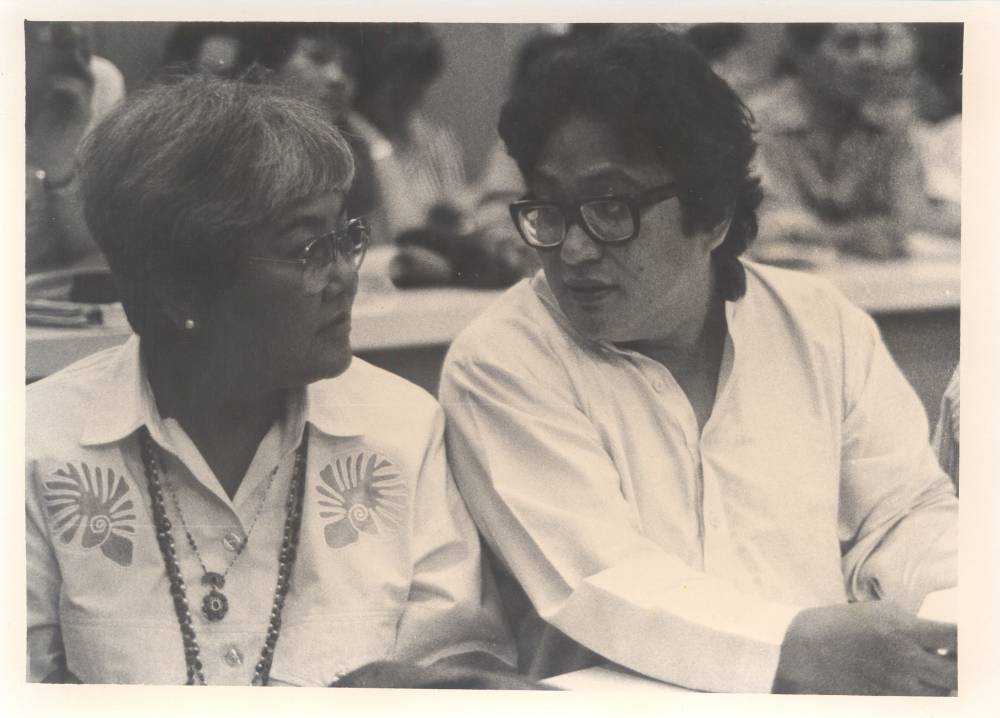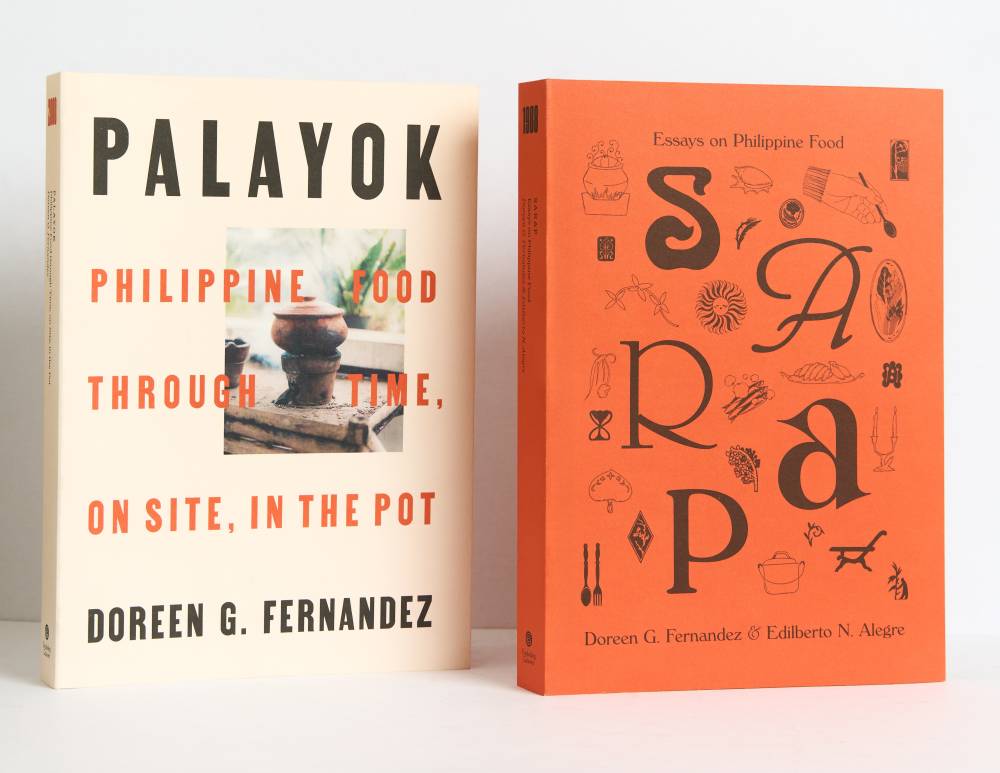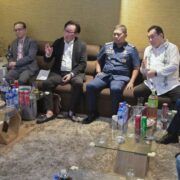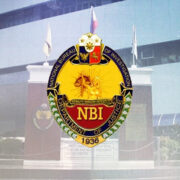Twin reissue of Doreen Fernandez classics is all about food culture within reach

True to its commitment of republishing “some of the best out-of-print ‘lost classics’ of Philippine literature,” Exploding Galaxies brings back into circulation two important volumes: “Sarap: Essays on Philippine Food” and “Palayok: Philippine Food Through Time, On Site, In the Pot” by Doreen G. Fernandez and Edilberto N. Alegre.
“Seeing ‘Sarap’ and ‘Palayok’ republished is incredibly gratifying. I remember on the 10th year anniversary of her passing, my mother—Doreen’s sister—was so moved at the many tributes remembering her, and amazed that 10 years on, not only had she not been forgotten but her work continued to be recognized as pioneering and revolutionary,” says Maya Besa Roxas, niece of Doreen G. Fernandez.
Reviving the classics
The release of these two volumes on Oct. 15 via Exploding Galaxies and select branches of National Book Store, Fully Booked, Kultura, Mt. Cloud Bookshop in Baguio, and Everything’s Fine in Makati commemorates a couple of milestones. First, Exploding Galaxies’ push into nonfiction, and second, republished editions in excelsis since they first came into circulation in 1988 (“Sarap”) and 2000 (“Palayok”).
“Novels and fiction have been our focus, but we heard the call of Doreen Fernandez’s books as something just as urgent to republish,” says Mara Coson, Exploding Galaxies publisher. “These books have long been out of print and yet [are] so sought after.”

Touted as seminal guides to Filipino food culture and identity for their “elegant prose that teaches us to taste, contextualize, and appreciate the world around us” (Ambeth Ocampo), as well as their bold takes on Filipino food “as an essential marker of Filipino identity” (Clinton Palanca), the new editions offer fresh opportunities for Filipinos to (re)connect with Fernandez and “Palayok” co-author Alegre.
Gianne Encarnacion, Kitty Jardenil, Elle Shivers, and Eva Yu all lend their artistic points of view on “Sarap,” while photojournalist Jilson Tiu makes a go at “the eateries and arteries of Manila, of first catches and ferments, of kitchens, tables, and fiestas all over the country” in “Palayok.” Kristian Henson and Miguel Mari, meanwhile, designed the tactility and beauty of the books and the weight of the written words.
An invitation to join the voyage
Lakan Uhay Alegre, son of Edilberte N. Alegre, lauds the re-release. “In college, when I was already reading more of Tatay’s works, I had found out that there were limited copies of ‘Sarap,’ and that its market value had quadrupled from its original selling price. How can scholars truly understand Filipino food if ‘Sarap,’ a canon on Filipino food studies, remains rare and inaccessible?”
“Republishing ‘Sarap’ comes with making invaluable knowledge on Filipino food affordable. Like freshly caught sapsap sold at the talipapa, the republication of ‘Sarap’ is a blessing,” he adds.
Rendered with renewed visuals and typography that speak to the modern reader, Fernandez and Alegre’s invitation is unflinching in its metaphorical gaze. To enamor you with such language is beauty that keeps you well-fed for a lifetime.
“We invite our readers as well to join the voyage: we want readers who cook, who like to eat, who enjoy reading about cooking and eating, who are curious about the subtext beneath our food.”—Doreen G. Fernandez and Edilberto N. Alegre, “Sarap,” (pg. vii)

















